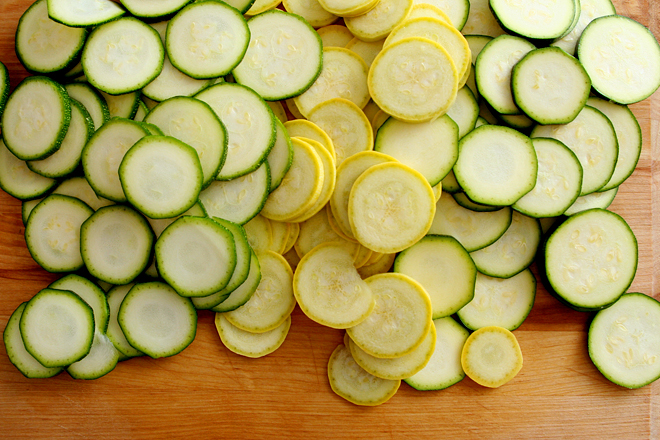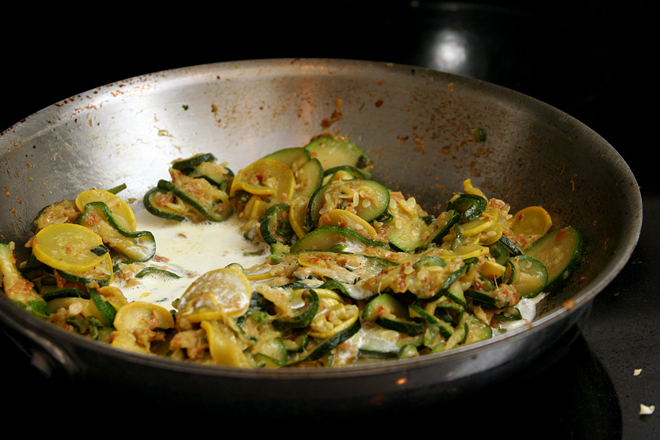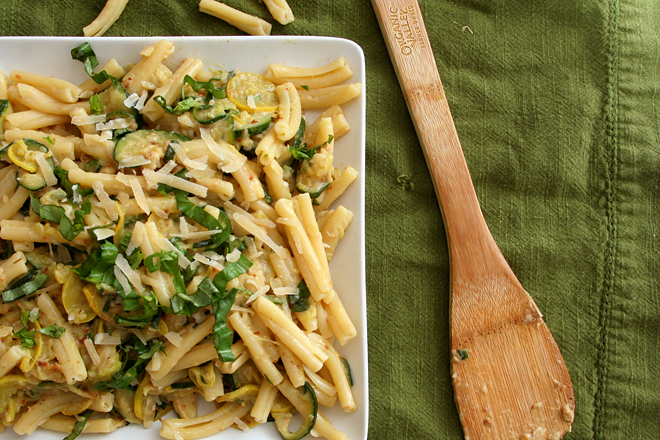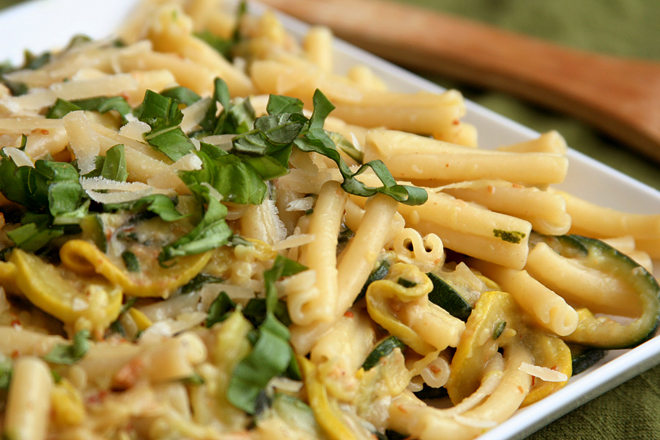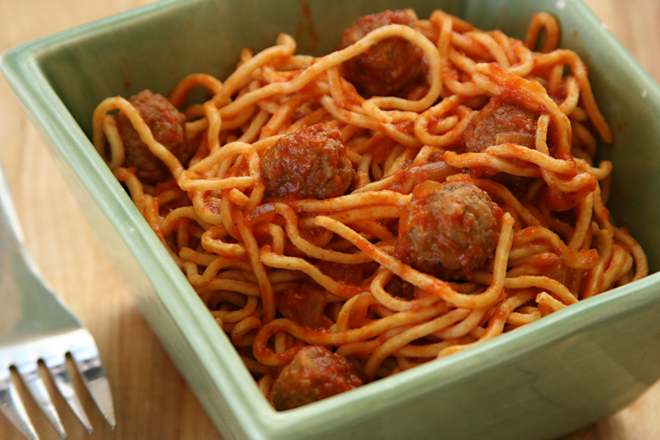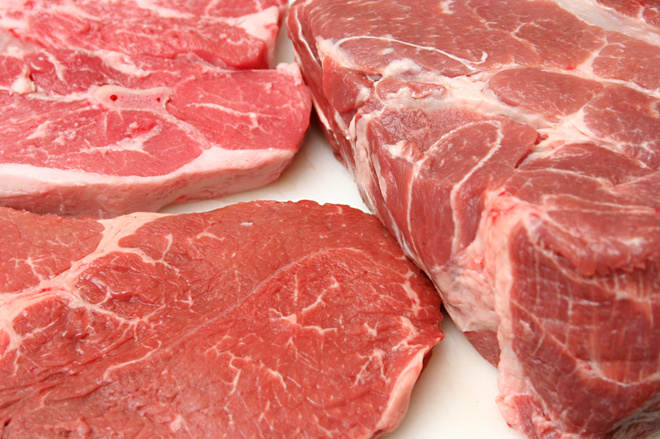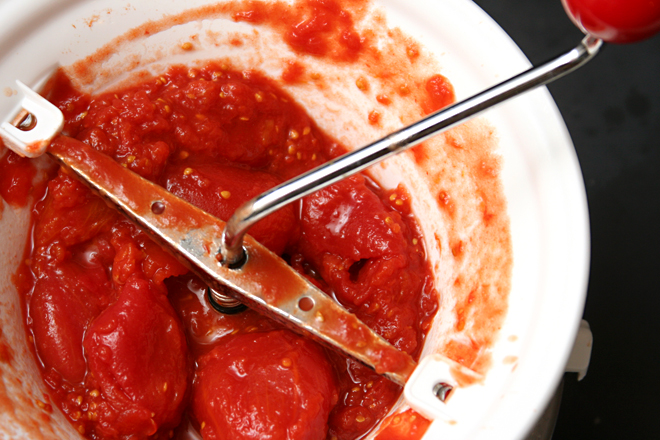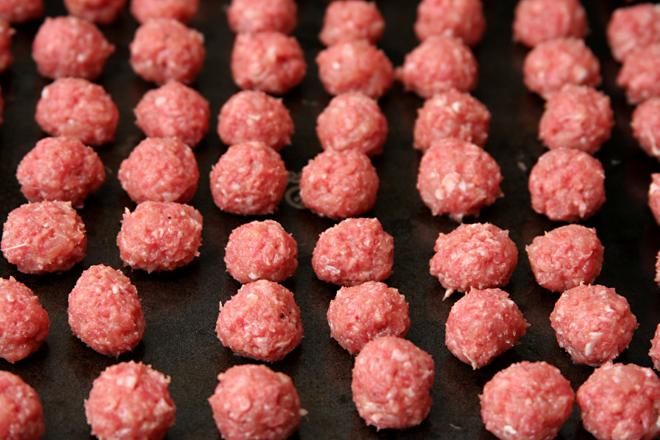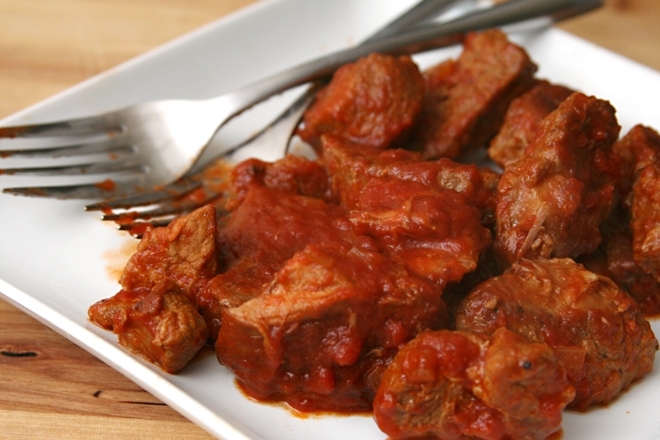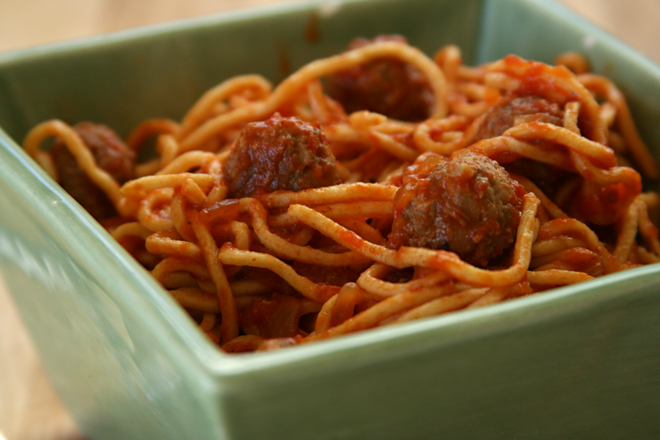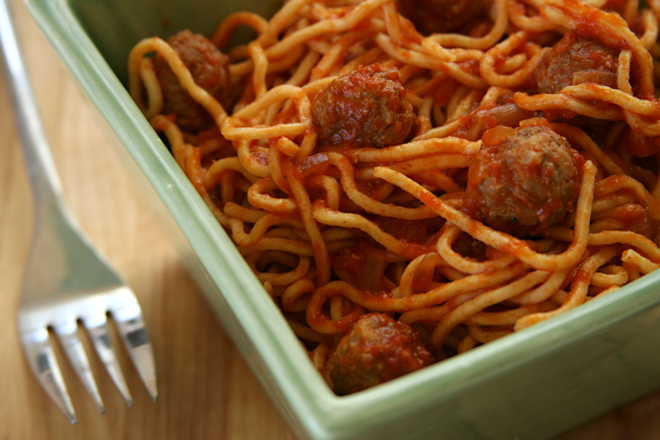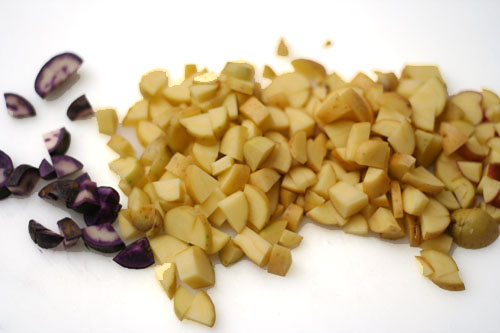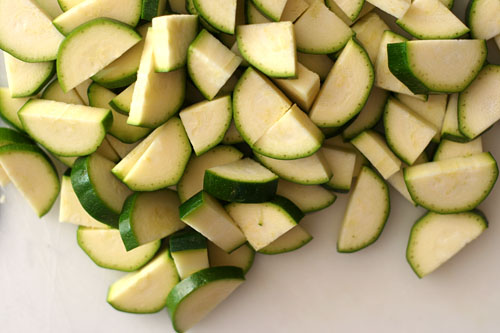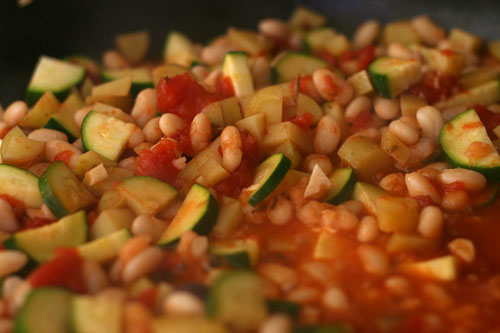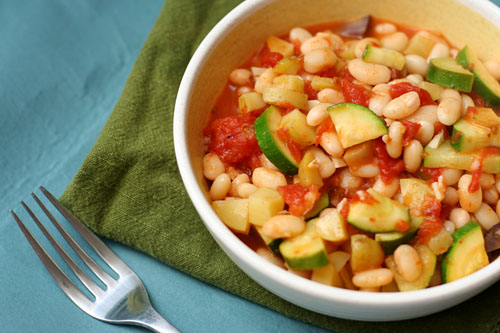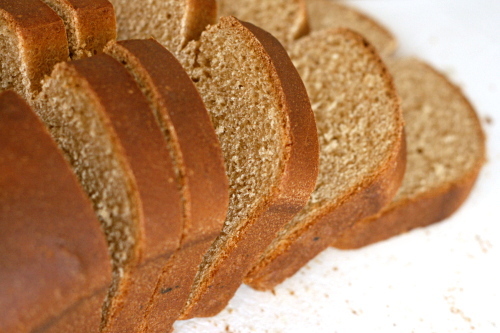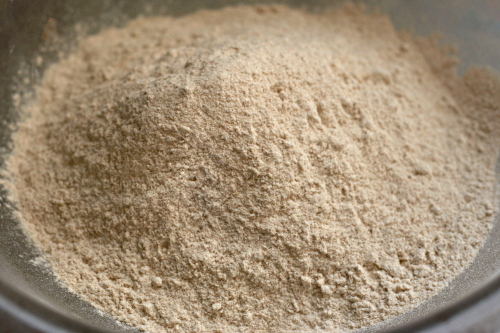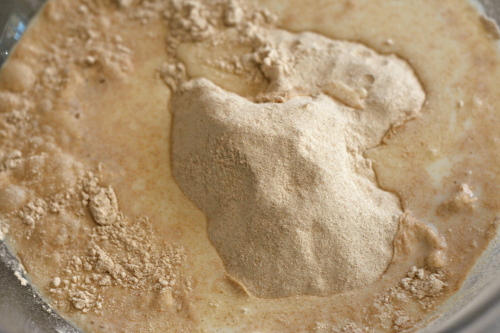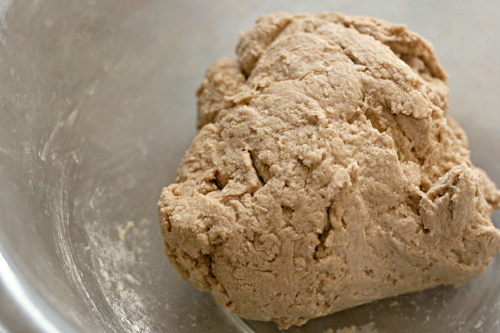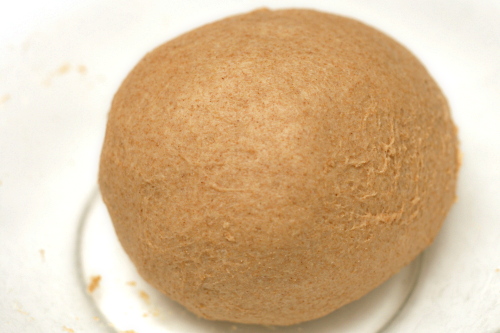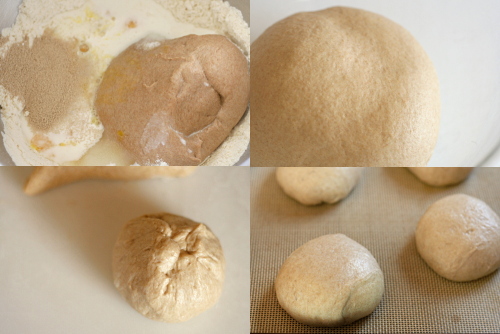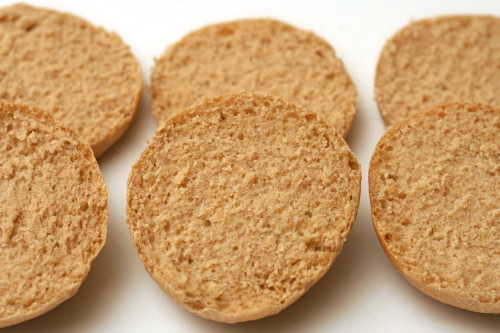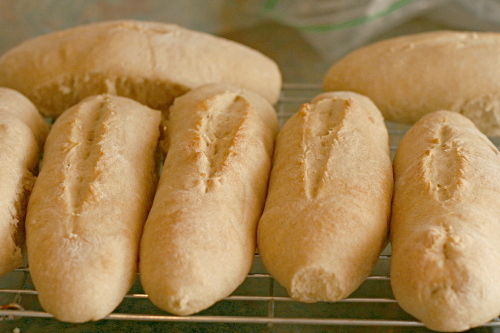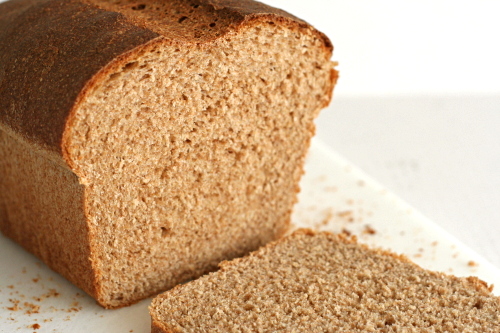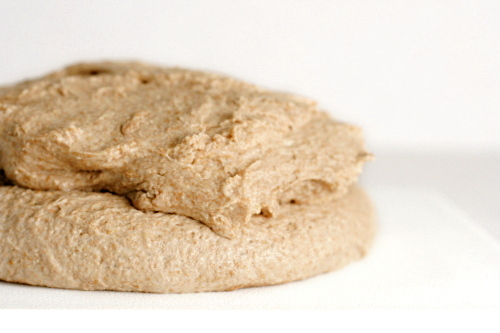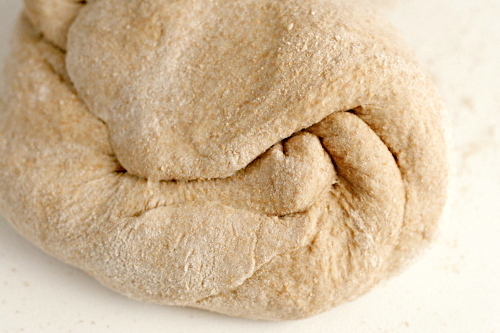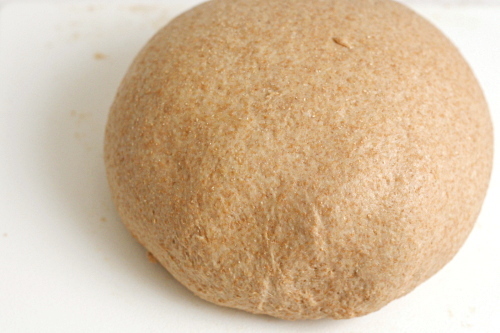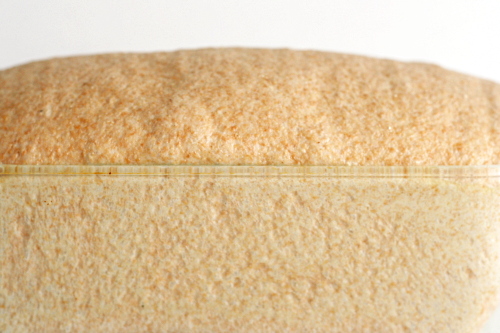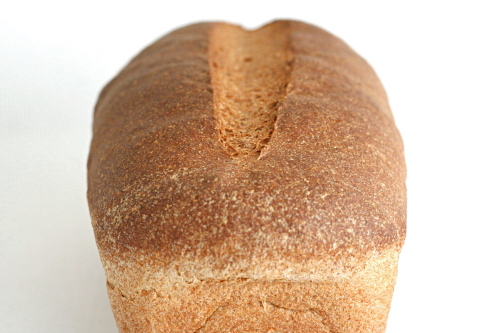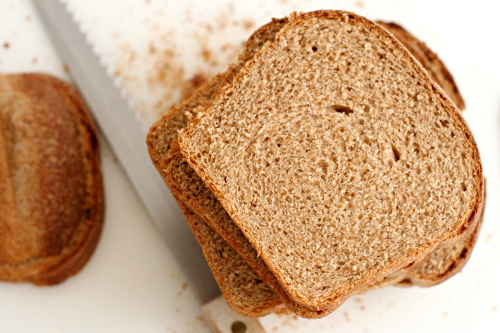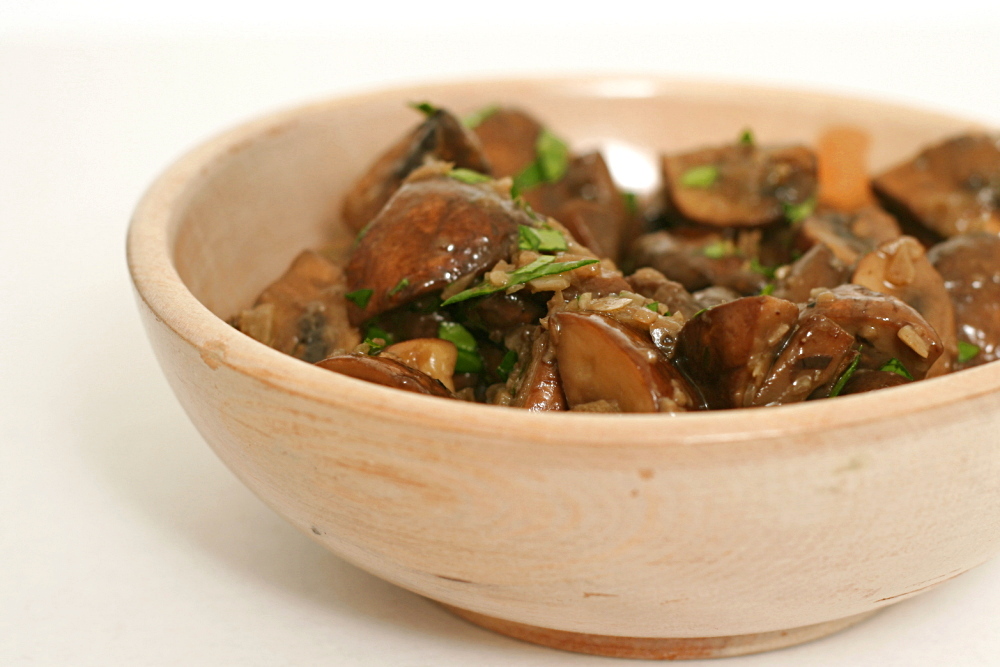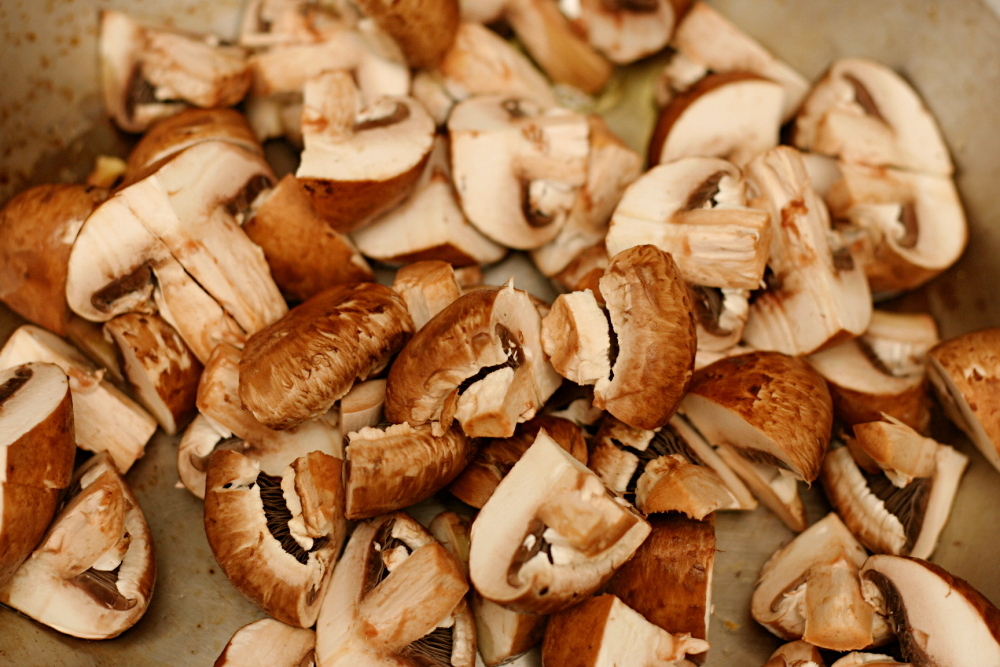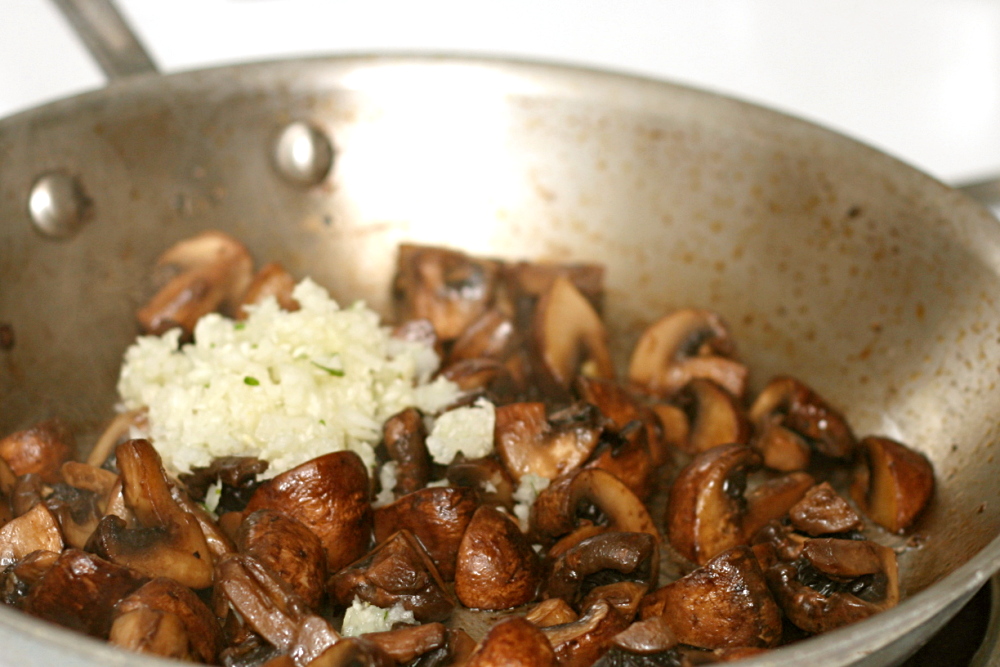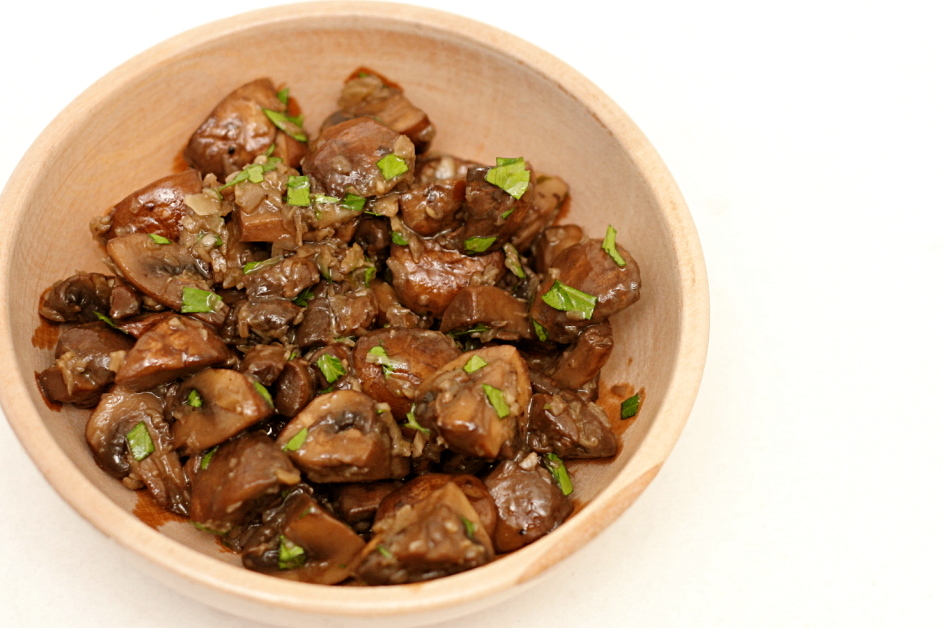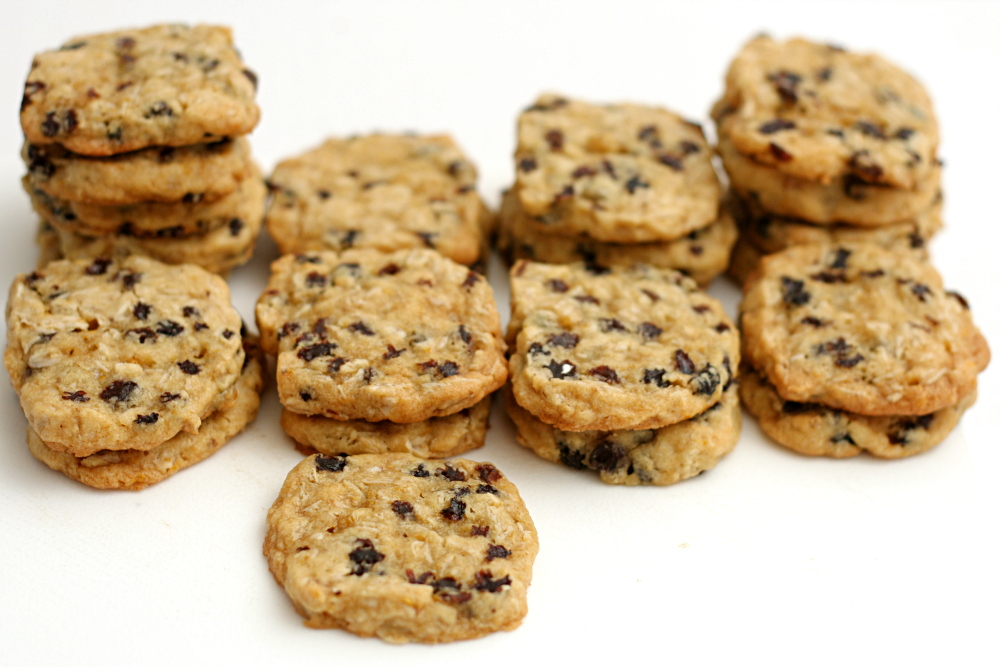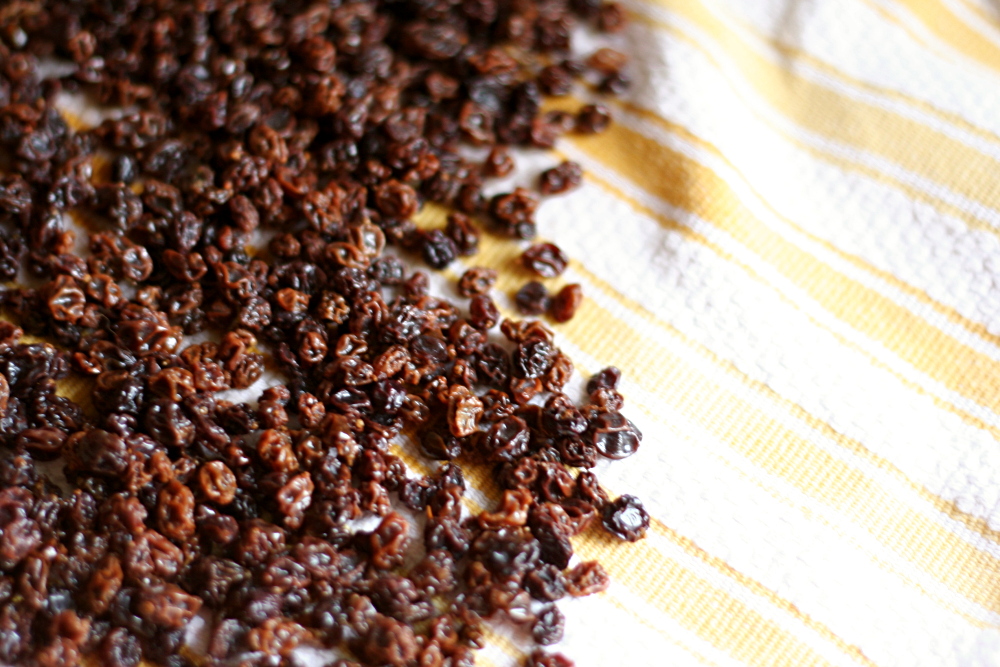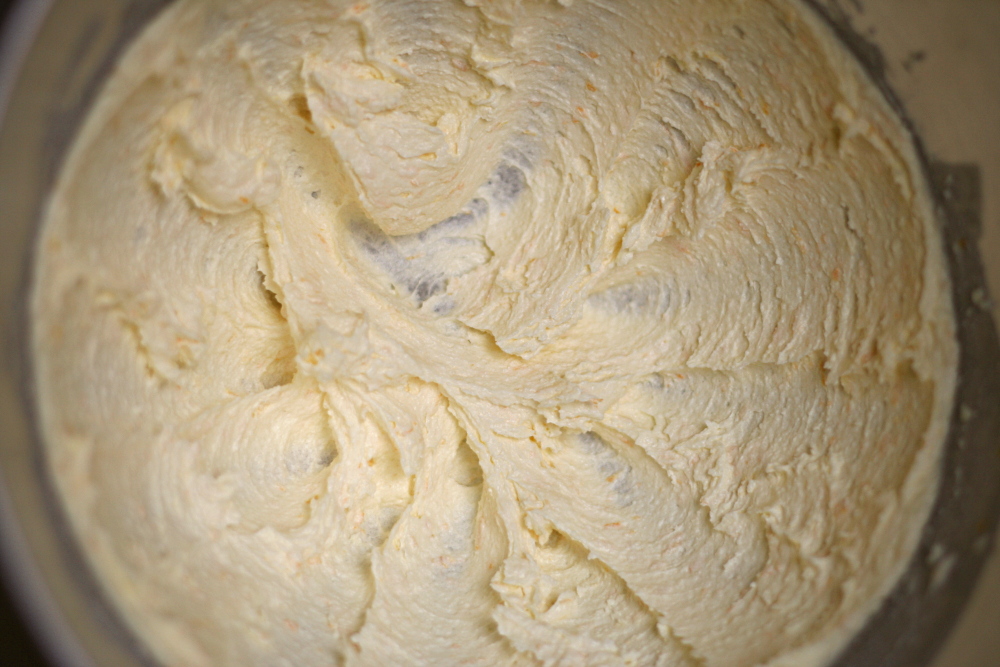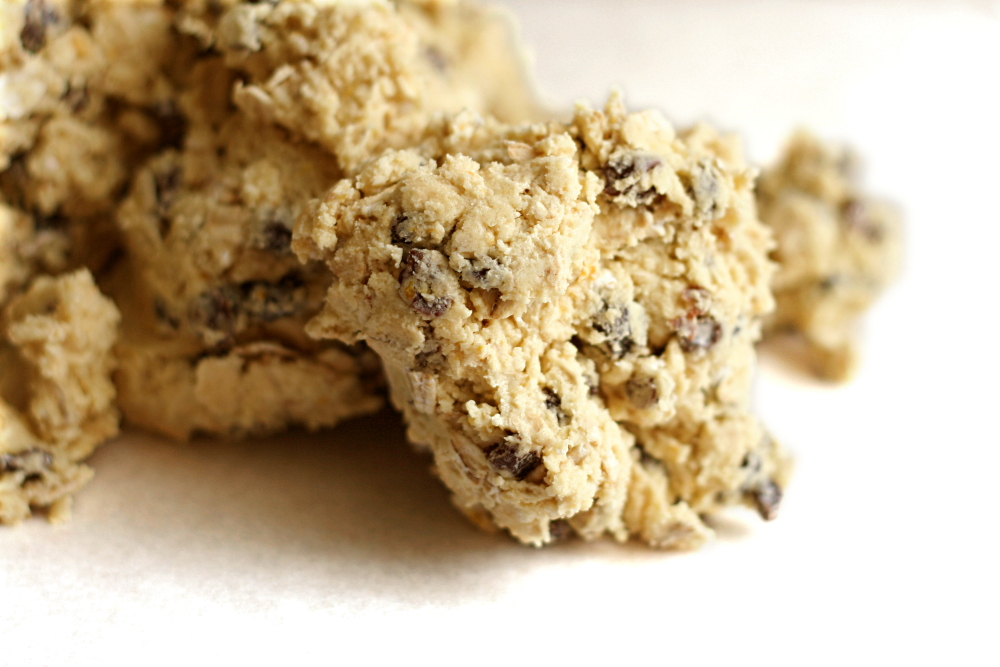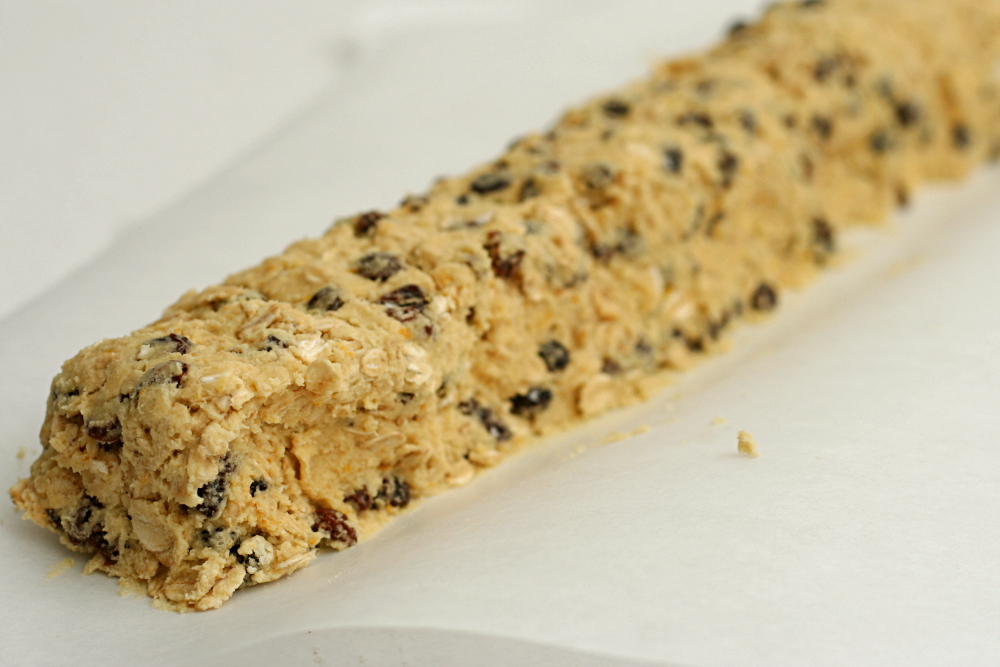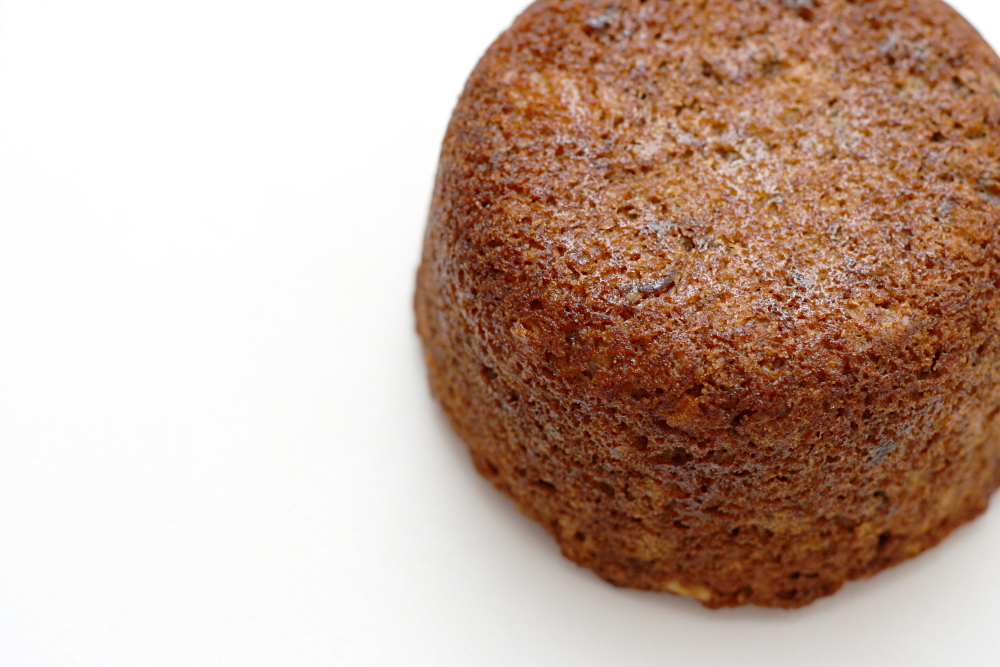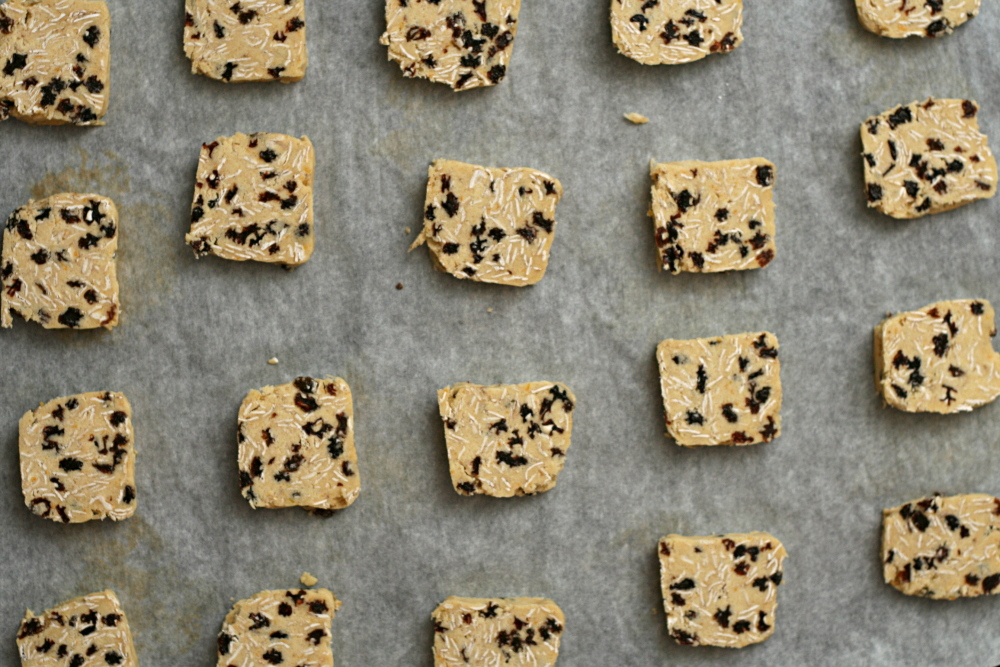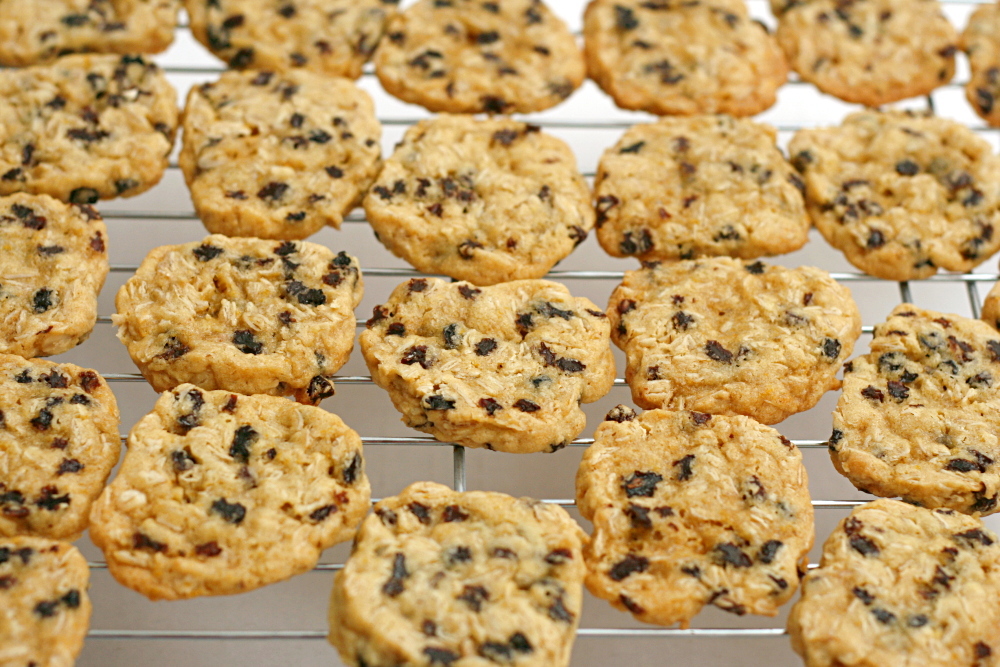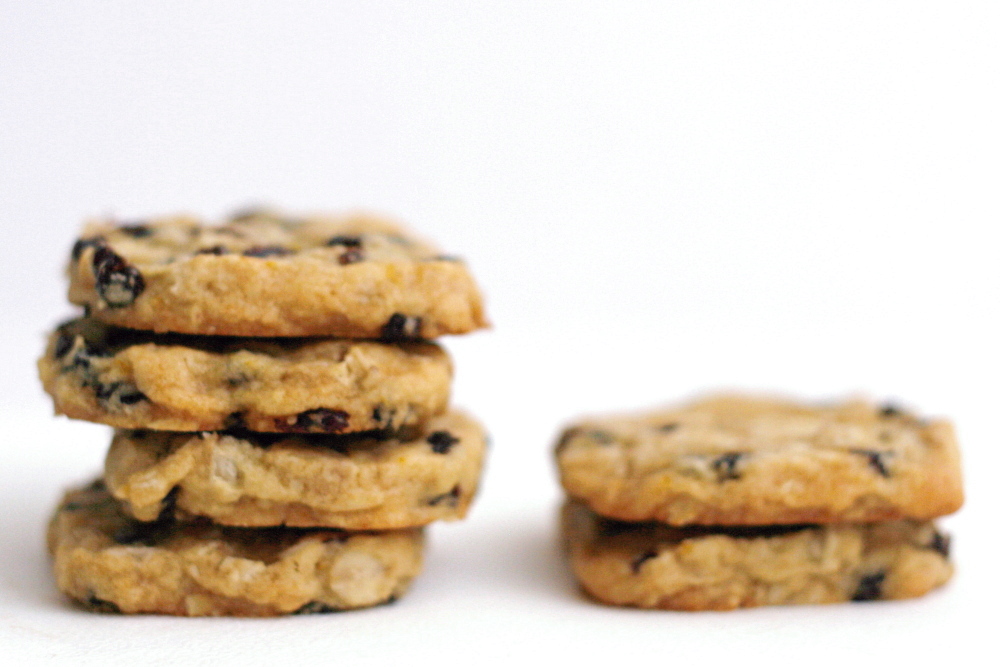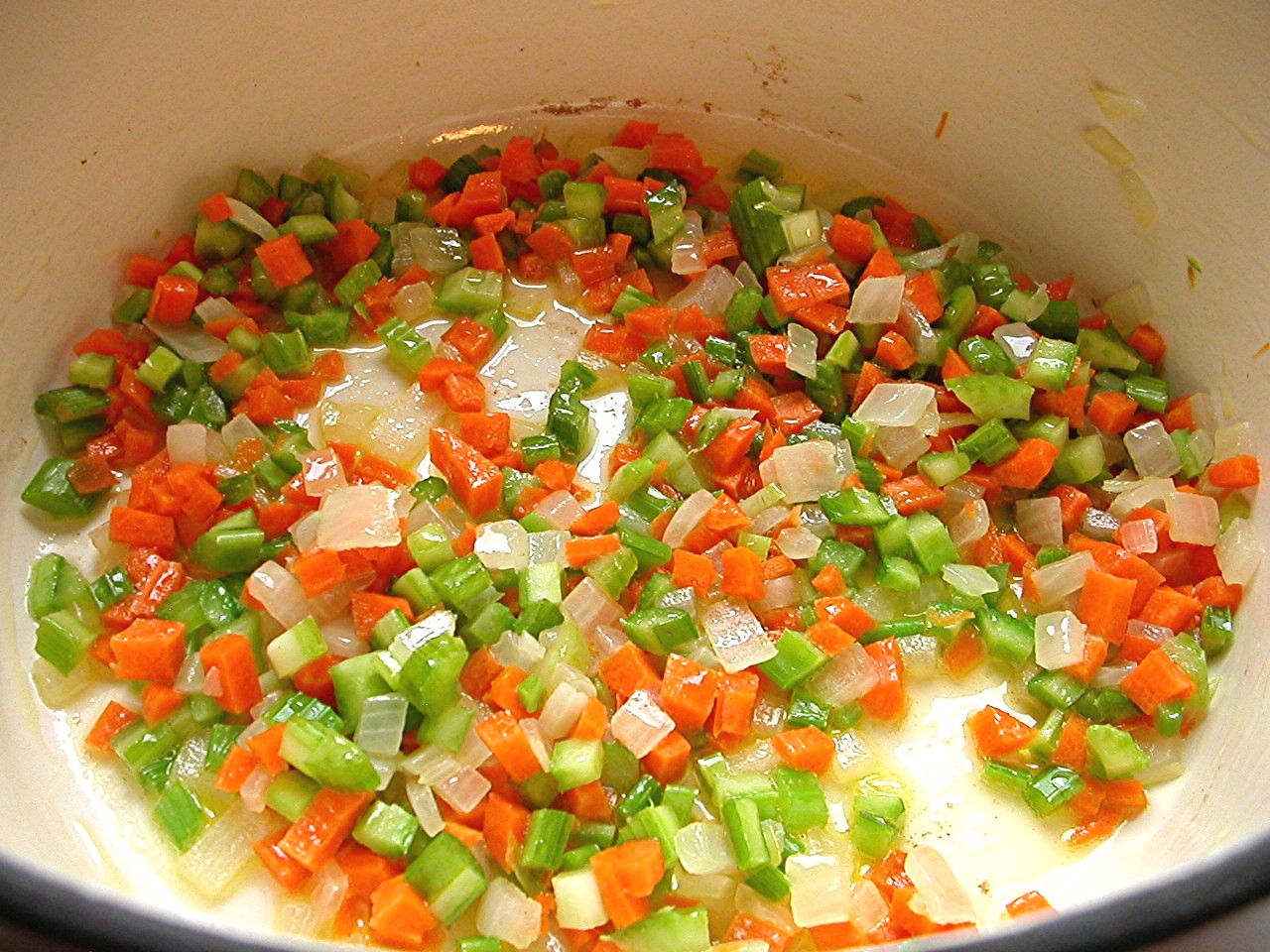I love love love Domenica Marchetti’s The Glorious Pastas of Italy. Although it isn’t my newest cookbook, it’s still the one that gets me the most excited to cook. But somehow I’d convinced myself that it was a cookbook for winter, full of baked pastas and braised meats. A recent perusal through the book proved me wrong. Not only are there four soups specifically designed for each season, there was this recipe, based on zucchini, the butt of everyone’s summer garden jokes.
I’ve never been presented with the problem of too much zucchini, but while I happen to love the vegetable, this might be more because I’m a terrible gardener. Regardless, this is yet another great way to use it.
Summer squash can be difficult to cook without it getting mushy, but this recipe solves that problem for you. It’s supposed to be mush; the vegetables cook down into the sauce. There’s still toothy bites, but this isn’t pasta with zucchini; it’s pasta in sauce made from summer squash. Everything else is just playing a supporting role, with savoriness from the pancetta, body from the cream, and salty richness in the cheeses. It’s a great new way to eat this summer vegetable and a perfect example of why I love this cookbook so much.
Printer Friendly Recipe
Pasta with Zucchini Cream Sauce (adapted from Domenica Marchetti’s The Glorious Pastas of Italy)
Serves 4 as a side dish or starter course
I made this once without checking the recipe before shopping and had to substitute prosciutto for pancetta, skip the basil, and double the parmesan because I didn’t have pecorino. The dish was still delicious.
I’ve reduced the cream a bit, but the only major change I’ve made is to drastically reduce the amount of pasta, so every bite of pasta gets some creamy zucchini with it.
2 tablespoons extra-virgin olive oil
4 ounces thickly sliced pancetta, cut into narrow strips
2 cloves garlic, cut into paper-thin slices
6 to 8 small to medium zucchini or other summer squash, sliced into thin coins
salt
freshly ground black pepper
¼ cup heavy cream
8 ounces dried pasta
½ cup freshly grated Parmigiano-Reggiano cheese
½ cup freshly grated pecorino Romano cheese
5 large fresh basil leaves, cut into narrow strips (chiffonade)
1. In a large skillet over medium heat, heat the olive oil until shimmering. Add the pancetta; cook, stirring occasionally, until lightly browned. Add the garlic; cook and stir until fragrant, about 30 seconds. Add the zucchini, 1 teaspoon salt, and ½ teaspoon pepper; stir to combine. Reduce the heat to medium and cook, stirring occasionally, until the squash breaks down, about 30 minutes. Stir in the cream.
2. Meanwhile, bring 3 quarts of water to a boil. Add 1 tablespoon salt and the pasta. Cook according to package instructions; drain, reserving 1 cup of the pasta water.
3. Add the pasta, ½ cup of the reserved water, and the cheeses to the zucchini mixture. Cook and stir until the pasta is coated, adding more water if necessary to loosen the sauce. Stir in the basil and serve immediately.

